Are aluminum railings expensive?
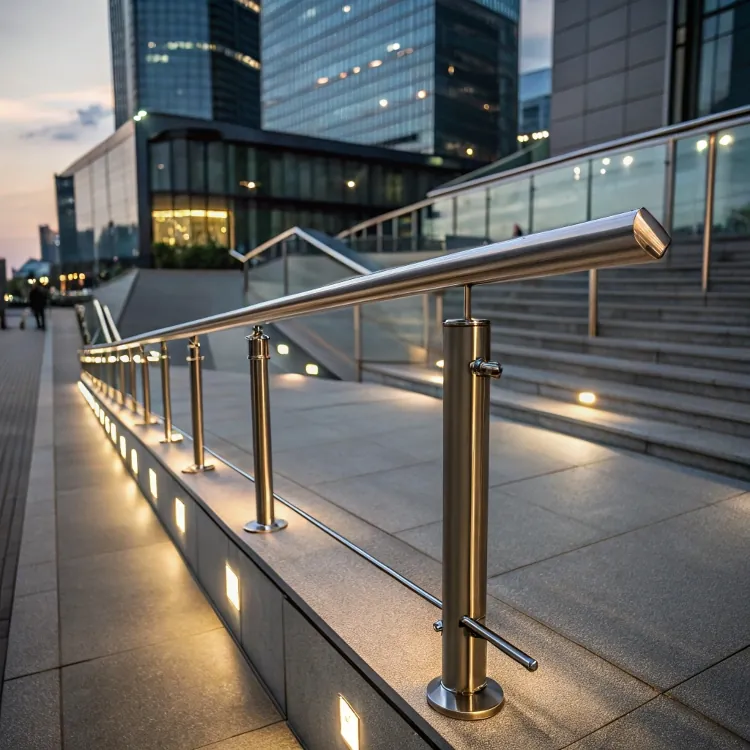
Aluminum railings look modern and strong, but many buyers worry they’re expensive. If you’ve asked this too, you’re not alone.
Aluminum railings are generally more affordable than stainless steel ones, and they offer long-term savings due to lower maintenance and corrosion resistance.
Let’s explore the cost breakdown, pros and cons, and how aluminum compares to steel and other materials, so you can make a confident choice.
Is aluminum railing cheaper than steel?
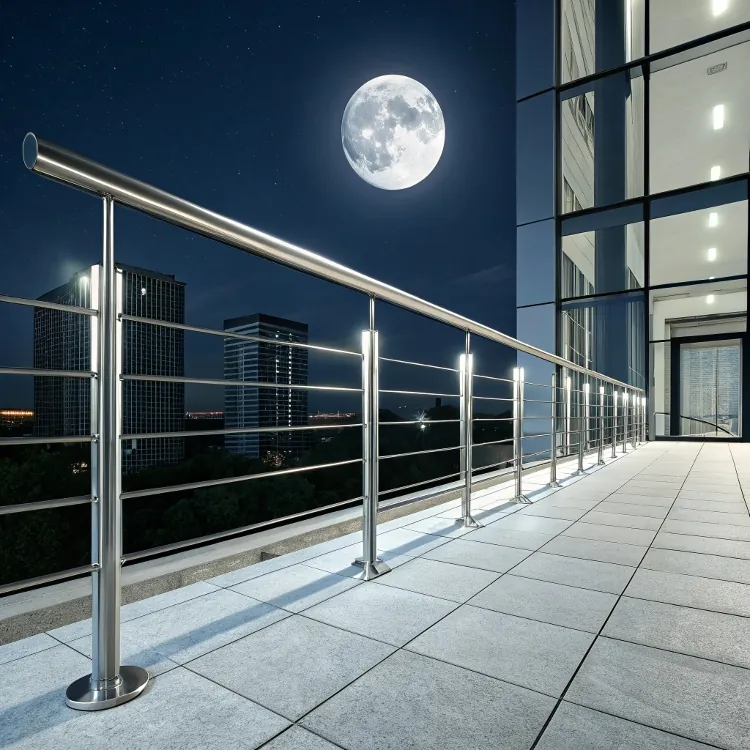
Steel is often seen as strong and industrial, but that strength comes with a cost—literally.
Yes, aluminum railings1 are usually cheaper than steel ones, especially when you factor in installation and long-term upkeep costs.
Aluminum weighs less than steel. This makes it easier and cheaper to ship and install. It also doesn’t rust, so you save on maintenance. Steel needs special coatings to resist corrosion. Those coatings wear off, and repairs cost money.
Cost Comparison Table
| Material | Average Cost (Per Linear Foot) | Maintenance Needs | Lifespan |
|---|---|---|---|
| Aluminum | $40–$70 | Low | 20+ years |
| Steel | $60–$120 | Medium–High | 25+ years |
In high-end commercial or custom designs, steel costs go even higher due to welding and painting. For mass production or modular projects, aluminum is more predictable and efficient. In my experience, project managers often choose aluminum for better control over timelines and budgets.
What are the disadvantages of aluminum railings?
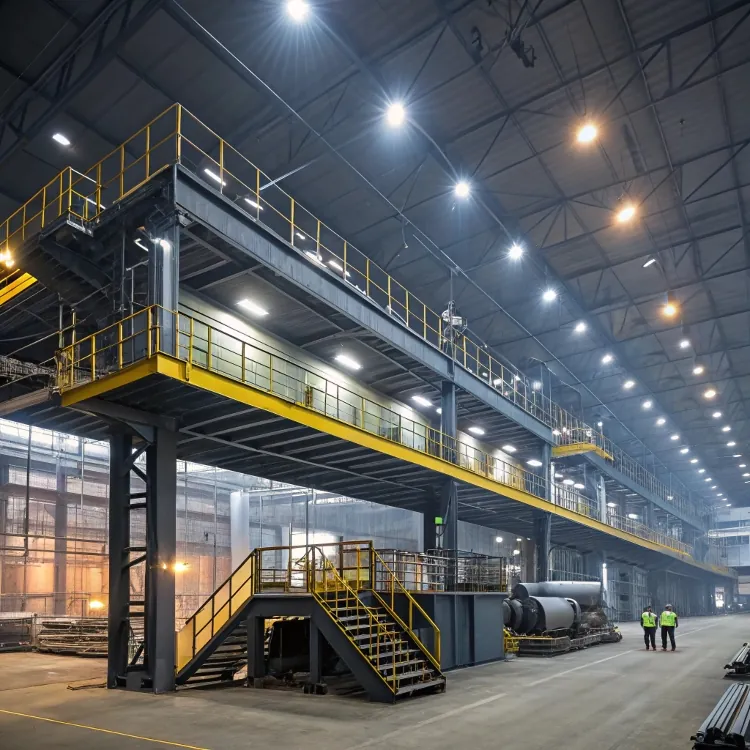
Aluminum sounds great, but nothing is perfect. There are trade-offs.
Aluminum railings can dent or bend more easily under strong impact, and they offer less strength than thick steel in high-load environments.
If your project requires extremely high structural strength—like in industrial plants or heavy-load balconies—steel might be the safer option. Aluminum also has a lower melting point. That matters in environments exposed to high heat.
Main Disadvantages of Aluminum Railings
| Concern | Explanation |
|---|---|
| Lower Load Bearing | Not ideal for extreme pressure or force |
| Prone to Dents2 | May bend or mark under heavy impact |
| Appearance Over Time2 | Some finishes fade faster than powder-coated steel |
| Not Weld-Friendly | Difficult to weld on-site; needs specialized tools |
In windy or seismic areas, engineers might prefer steel for added security. However, many of my customers offset aluminum’s weakness with reinforced mounts and custom cross-section designs.
What is the cheapest material for railings?
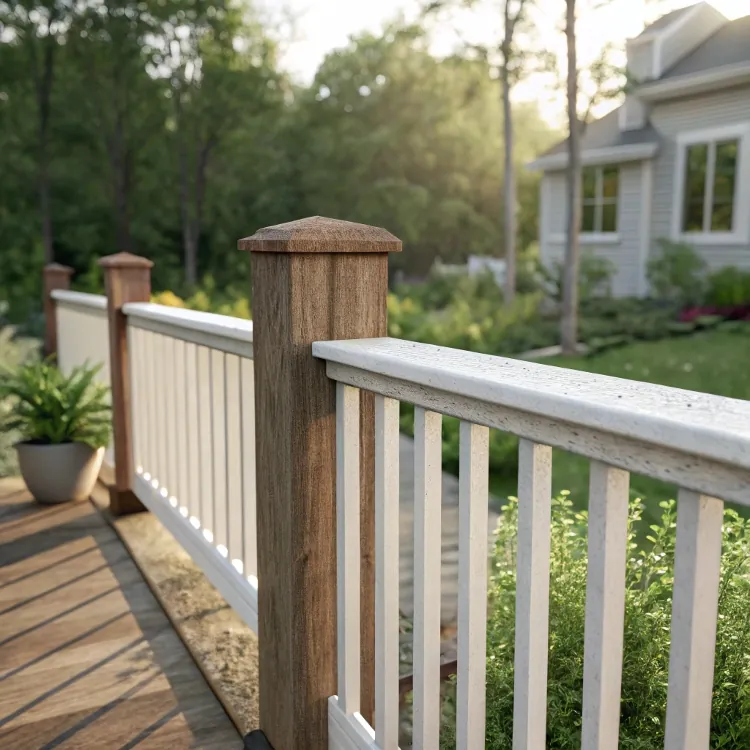
Not every project has a big budget. Sometimes you just need the most affordable solution.
PVC and wood3 are generally the cheapest railing materials, but they offer lower durability and a shorter lifespan than aluminum.
Wood railings4 can cost as little as $20 per foot, and PVC is similar. But both need regular maintenance. Wood needs repainting and sealing. PVC fades and cracks under sun exposure.
Cost and Durability Table
| Material | Cost (Per Linear Foot) | Durability | Maintenance Frequency |
|---|---|---|---|
| Wood | $20–$40 | Low | High |
| PVC | $25–$45 | Low | Medium |
| Aluminum | $40–$70 | High | Low |
Many construction buyers I know start with wood for low cost, then switch to aluminum within five years because repairs eat into their savings. Aluminum may not be the cheapest, but it’s the best value long-term.
Which is better, aluminum or steel railings?
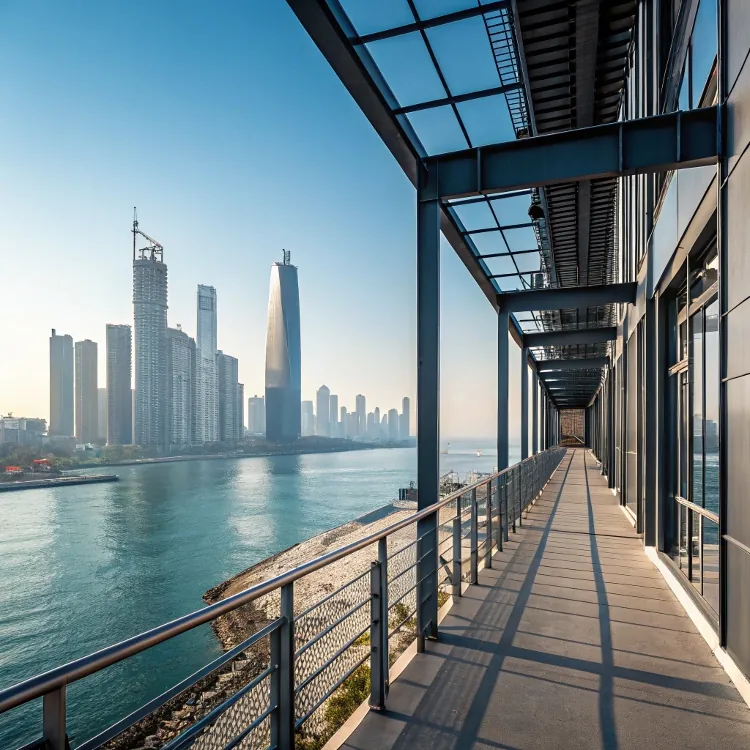
It depends on your priority—cost, strength, or maintenance. Both have strong cases.
Aluminum is better for low maintenance, budget control, and corrosion resistance5, while steel wins in strength and industrial applications.
Here’s how I explain it to my clients: if your project is in a coastal city or needs quick installation, go with aluminum. If you’re building a factory balcony that holds heavy machinery, steel is probably worth the extra cost.
Comparison Table: Aluminum vs Steel
| Feature | Aluminum | Steel |
|---|---|---|
| Corrosion Resistance | Excellent (no rust) | Needs coating |
| Strength | Moderate | Very High |
| Weight | Lightweight | Heavy |
| Installation Speed | Fast | Slower |
| Maintenance Cost | Low | High |
| Price Range | $$ | $$$ |
Sometimes my customers blend both—steel posts with aluminum rails. It balances budget and strength. I’ve done several projects like that in coastal Africa and Japan. It works well.
Conclusion
Aluminum railings are a smart choice for many projects—affordable, easy to install, and durable in harsh environments.
-
Explore this link to understand the cost benefits and advantages of aluminum railings over steel, including installation and maintenance savings. ↩
-
Learn about how aluminum railings age and maintain their appearance to ensure long-lasting aesthetics for your project. ↩ ↩
-
Explore this link to understand the benefits and drawbacks of using PVC and wood for railings, helping you make an informed choice. ↩
-
Learn about the maintenance needs of wood railings to ensure longevity and performance, which is crucial for budget-conscious projects. ↩
-
Understanding corrosion resistance can help you choose the right materials for your project, ensuring longevity and durability. ↩



